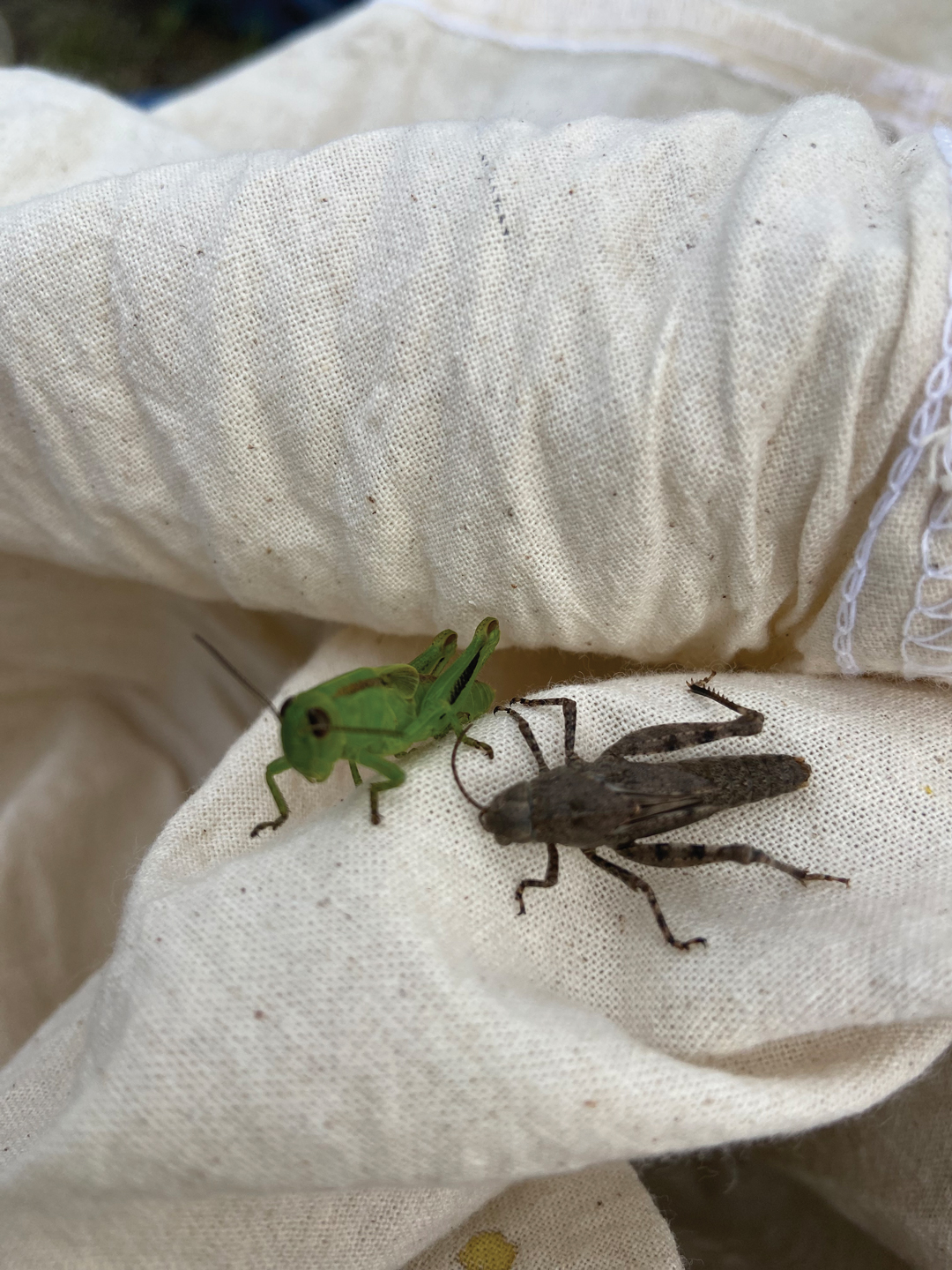FROM THE GROUND UP
BY TRUDY KELLY FORSYTHE • PHOTO COURTESY OF GOVERNMENT OF CANADA
It’s been 40 years since the Government of Canada released its first soil health report, which called for the nation to address a then-dire future of its soils. On June 6, the Standing Senate Committee on Agriculture and Forestry tabled a new report that followed 17 months of consultation, input from expert witnesses, international conferences and cross-country, fact-finding missions. It is entitled Critical Ground: Why Soil is Essential to Canada’s Economic, Environmental, Human, and Social Health.
Reflecting on what was learned, committee chair Senator Rob Black said the need to address soil degradation remains urgent. “The world’s soils are degrading, and we don’t have another 40 years to act,” he said. Black cited a United Nations claim that 30 per cent of the world’s soils are now degraded to the point of being non-arable and that by 2050 this alarming number could increase to 90 per cent if action is not taken. “Canadians are expected to feed their own and the world, and we can’t do that if we don’t work on this.”
Among its 25 recommendations, the report suggests a boost to the public profile of soil issues. Soil should be acknowledged as a national asset, it states, and a national soils advocate ought to be appointed. To encourage progress, it further calls for the development of a long-term, overarching strategy to protect and conserve Canadian soils and the creation of a national soils database. As a form of land-use planning, provinces, territories and municipalities are encouraged to develop measures that best preserve and protect their agricultural land.
Black said the government must seriously examine the report and take it into consideration when tailoring policies for agriculture, land use and development. “We have to be able to feed our country and if we don’t have the land, the necessary soil to do so in all our provinces, we’re not going to be able to do that,” said Black. He noted the report’s emphasis on collaboration, and suggested no single level of government can broadly tackle soil conservation on its own. “We’ve got to do it together.”
Farmer Kevin Auch participated in the consultation process. As chair of the Alberta Pulse Growers, he welcomed Committee members to his 5,000-acre farm near Carmangay. The farm went no-till in 1998, and Auch employs a five-year crop rotation that includes canola, cereals, flax or flax with a chickpea intercrop and pulses. This has allowed the soil’s underground ecosystem to thrive. It was important Committee members observe that it’s possible to build soil with modern tools and practices, he said.
Auch would like to see the report become a foundational resource that illustrates the possibilities of soil improvement. He also hopes farmers will consider its recommendations and implement some of them as he did 40 years ago after he read the previous report.
The committee tabled the report on June 6 and requested a response from the federal government within 150 days. “By early November, we will expect a response to the report and, at that point, we can ask more questions, get ministers in to chat, look at other things that might need to be done,” said Black. “I’m hopeful they take a serious look at this and say the time is right … we don’t have another 40 years to deal with this.”







Comments